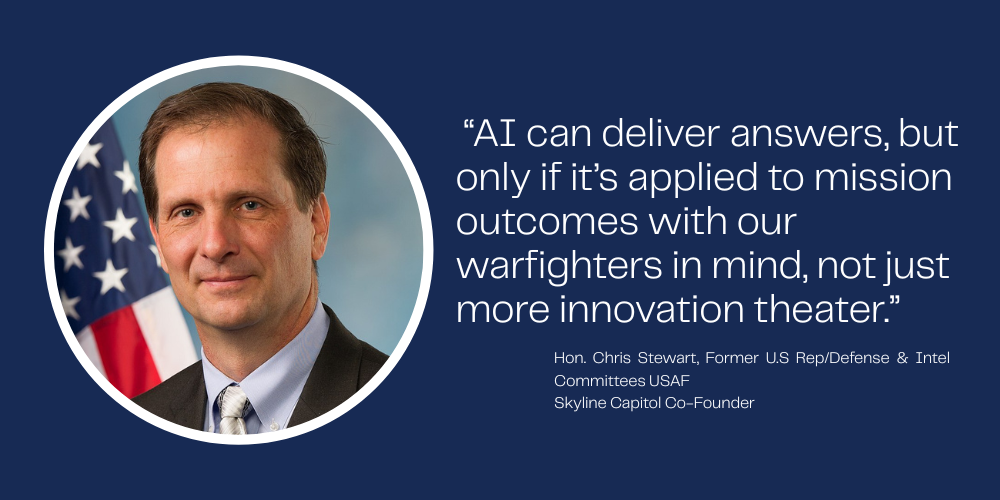What IS Big Data anyway? Unsurprisingly, it’s exactly what it sounds like: a whole LOT of data. Gartner defines Big Data as “high-volume, high-velocity, and/or high-variety information assets”. Defined like that, it sounds like a digital tidal wave–overwhelming and out of control. And that’s kind of how we’re experiencing it. Instead of feeling like we have everything we need to make informed decisions, we’re just scrambling to get to higher ground while we figure out what to do with all this water. So what are the challenges posed by big data and what, if anything, can we do to work around them?
Let’s dive into Gartner’s definition a little bit more.
- Volume: The sheer size of big data can make it difficult to process and analyze. Your traditional hardware and data processing tools and techniques probably aren’t up to the task; even if they are, they probably take a very long time to muddle through.
- Variety: Different types of data are difficult to standardize and process. For example, unstructured data, such as text and images, are harder to analyze than structured data, such as numbers and dates. Analyzing those types of data together in a meaningful way is even harder.
- Complexity: Big data often contains many variables and relationships, making it difficult to understand and analyze. This complexity can also make it difficult to identify patterns and trends in the data.
- Velocity: Big data is often generated and gathered in real-time, which means that it needs to be processed and analyzed quickly if you’re going to benefit from it anytime soon. This can be difficult for traditional data processing tools and techniques not designed for this type of speed and volume.
- Validity: Any dataset can contain errors, inconsistencies, and missing values. This can make it difficult to trust the insights that are derived from it. The bigger your data, the more likely there are anomalies and errors hiding in it.
Perhaps the most daunting aspect of Big Data is that it isn’t just one of these things. It could be ALL of these things. When you have a massive amount of evolving and varied data, how are you supposed to derive any value from it?
Let’s consider three obstacles that Big Data is currently creating at companies.
1. Big Data is extremely expensive
Your own data is never, ever free. It’s expensive to collect data, to store data, to analyze data, and to protect data. From conducting market research to paying for cybersecurity protections and server maintenance, knowledge about your business definitely comes at a high cost. But the highest cost of all probably isn’t getting and protecting your data…it’s using it. This brings us to struggle #2:
2. Big Data needs Data Scientists who get it
Data Scientists continue to be in high demand, but you’ll be hard-pressed to get any value out of your data without them. To keep your current data scientists from burning out and create an environment where they can focus their talents on the work that matters most, you’ll need to empower more teams to be confident in accessing and using data. You don’t want to let Big Data lead you toward creating data silos where teams don’t work together.
3. Big Data leaves teams with too many choices
How do you prioritize potential projects when you’re buried in data? With so many choices to consider, your team may lack the bandwidth to explore their data and find the most impactful opportunities. Not to mention the fact that mass amounts of data can also cause people to default to their biases and opinions, rather than considering all the possibilities.
The solution to finding value in Big Data is NOT limiting your scope. Yes, you may need to use compression, deduplication, or tiering to reduce the storage space you require. But you don’t want to throw away data that has valuable information. Things like random sampling (“Let’s just use the first 1,000 rows and the last 1,000 rows”) will not yield the kind of results that will positively impact your business.
Uncovering Value Within Big Data
Analyzing Big Data is absolutely a challenging task, but it’s not impossible. Companies are already discovering tools, incorporating new techniques, and expanding their expertise to consider each relevant piece of data and discover connections that lead them to impactful strategic decisions. If you’re limiting your scope, using random samples, or just not truly analyzing your data at all, you’re missing the point of all your data gathering.
Stay tuned to learn more about Big Data and how Virtualitics turns it from a big obstacle into major innovations and growth…or schedule your own demo here.






